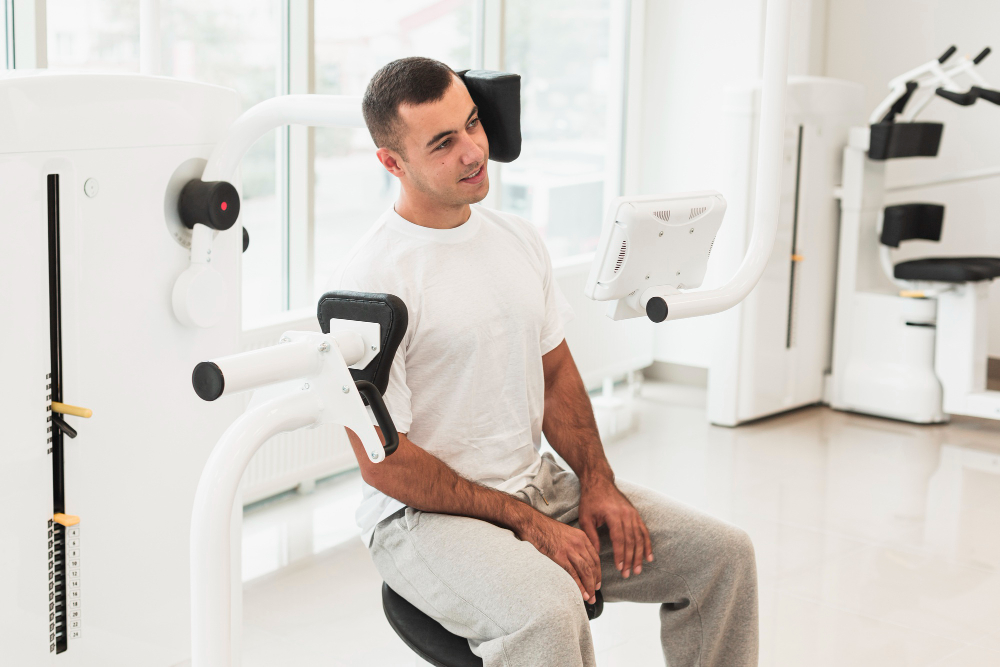
Last updated on by MRC
As we age, our body is unable to recover from distress completely. Generally, we consume painkillers to get instant pain relief. We don’t realise how harmful these painkillers are for our bodies in the long term. That’s where Interventional Pain Management comes into the picture. This article will cover interventional pain management and its role in pain relief. Traditional methods usually involve a combination of medications, physical therapy, and lifestyle modifications. While these approaches can help manage chronic pain, they may not always provide complete relief and can have unwanted side effects. For instance, long-term use of pain medications can lead to tolerance, dependence, and other health complications. Additionally, physical therapy might not sometimes address the underlying cause of pain. Interventional Pain Management is a subspecialty within pain therapy that focuses on identifying the root causes of pain and providing targeted treatments to soothe it. Unlike traditional pain management techniques that primarily focus on symptom relief, interventional approaches aim to address the underlying mechanisms responsible for pain transmission directly. With the help of these injections, the steroids are administered straight into the epidural region around the spinal cord, reducing inflammation and alleviating pain caused by conditions like herniated discs or spinal stenosis. Facet joints can become a source of chronic pain due to arthritis or injury. Injections of anaesthetic agents or anti-inflammatory medications into these joints can provide pain relief. With nerve blocks, it is possible to target the nerves that transmit pain signals. This process involves injecting anaesthetic agents or other medications near the nerve to interrupt pain signals. This technique involves using heat generated by radio waves to disable nerves causing chronic pain. It’s often used for conditions like chronic back pain. This involves implanting a device that sends electrical impulses to the spinal cord, interfering with pain signals and replacing them with a tingling sensation. A pump and catheter system is implanted to deliver medications like opioids or muscle relaxants directly into the spinal fluid, providing localized pain relief with lower systemic side effects. Interventional pain management offers several advantages: Interventional pain management techniques have brought new hope for patients suffering from chronic pain. The goal here is to work on treating the underlying causes of pain so that patients can regain control over their lives. If you or a loved one is struggling with chronic pain, you should consult the interventional pain specialists at the Medical Rehabilitation Center in Kolkata. Book an appointment now and take a step towards a pain-free life. The Limitations of Traditional Pain Management
Enter Interventional Pain Management
Key Interventional Techniques used to provide Chronic Pain Relief:
Benefits of Interventional Pain Management Techniques
Conclusion









